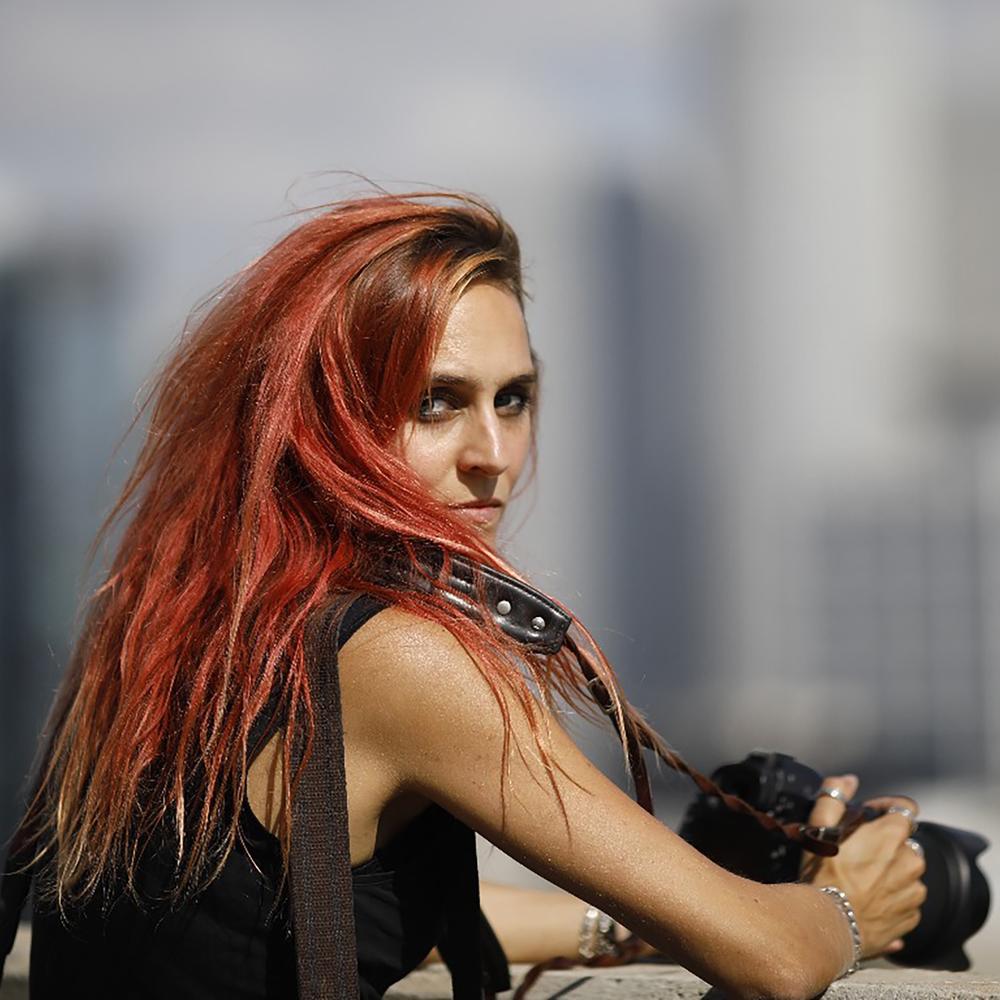More about First Congregational Church
- All
- Info
- Shop

Contributor
Chiura Obata’s painting First Congregational Church bears witness to the realities of World War II in America and has become a unique documentation of history.
In February 1942 US President Franklin D. Roosevelt signed an order that established the internment of “enemy aliens," people from countries with which the United States were at war. This was an unfortunate move for Obata, conducted by the very country that he chose to call his home. Having immigrated to the US from Japan at the young age of 18, Obata had invested his heart and soul into his personal version of the American dream, reflected in his many paintings of California’s magnificent landscapes. Thanks to his strong spirited character, he became an influential art professor at UC Berkeley, and one of the first Japanese immigrants to be hired at the school - quite an achievement at a time when anti-Japanese sentiment was rife.
However, the start of the war was the end of the successes that Obata had worked so hard to achieve. His reputable art classes at Berkeley, his comfortable family home, beloved trips to Yosemite National Park - all were exchanged for Spartan cots in the uninsulated barracks of a crowded and smelly internment camp, and eating prison food. (“Beans and beans” as Obata sarcastically called the “Pork and beans” dish that often failed to contain pork.) The war shook Obata’s life, but not his spirit. Obata saw opportunity in these times of difficulty and continued to not only produce prolific art behind bars, but also founded art schools which taught hundreds of internees.
As much as life and art are intertwined, the break with his previous life also brought about a break in Obata’s artistic style. What were once paintings of impressive rock formations, serene lakes and beautiful sunsets, became reportage-style ink sketches, devoid of color, though no less vivid in their narrative. Much like a photojournalist, Obata documented the daily realities of 120,000 Japanese Americans in the internment camps, which included himself, his wife, and three of his four children. (One son was able to escape through a transfer from UC Berkeley to Washington University). First Congregational Church depicts one of the first decisive moments of Obata’s 11-month internment - the departure from his home. It witnesses a group of Japanese Americans reporting for relocation at the First Congregational Church before being herded into buses by soldiers.
At first glance, not much of Obata’s previously favored motif, the greatness of American nature, seems to remain in his black-and-white ink sketches, which were now turning the gaze towards human hardship. Yet, these visual documentations of grim war times might not exist if it was not for Obata’s love of nature itself, which taught him to see beauty even in dire circumstances, a perspective that sustained him throughout his life.
This zeal for capturing beauty and Obata's sense of humor through which he processed the absurdities of life, including during his imprisonment, kept him afloat. When Obata’s non-Japanese students from Berkeley came to visit, speaking to him through the wire fence, they would cry upon seeing their former professor incarcerated. Obata’s playful and consoling response was: “From my perspective, it looks like you are behind the fence." Obata’s positive perspective on life, being the underlying force of his creations, in a way might be his real art. As he put it, “In any circumstance, anywhere, anytime, take up your brush and express what you face and what you think without wasting your time and energy complaining and crying.”
Sources
- Ault, Alicia. “How Japanese Artist Chiura Obata came to be an American Great.” Smithsonian Magazine. January 29, 2020. https://www.smithsonianmag.com/smithsonian-institution/how-japanese-art….
- Burgard, Timothy A. “Chiura Obata and the Restorative Powers of ‘Great Nature’.” Fine Arts Museum of San Francisco. March 26, 2020. https://www.famsf.org/chiura-obata-and-nature.
- “Chiura Obata.” Wikipedia. Last edited March 10, 2022. https://en.wikipedia.org/wiki/Chiura_Obata
- Crocker Art Museum. "Chiura Obata: An American Modern.” April 16, 2019. https://www.crockerart.org/oculus/chiura-obata-an-american-modern.
- Crocker Art Museum. "’Chiura Obata: An American Modern’ Spans Japanese American Painter’s 70-Year Career.” July 19, 2019. https://www.crockerart.org/press/obata.
- Orenstein, Natalie. “A UC Berkeley Professor was sent to an internment camp. Now his art is ‘part of the American Story’.” December 23, 2019. https://www.berkeleyside.org/2019/12/23/a-uc-berkeley-professor-was-sen…
- Ross, Michael Ehlson. Nature Art with Chiura Obata. Minneapolis: Carolrhoda Books, 2000.
- “World War II Homefront Era: 1940s: Internment of 120.000 Persons of Japanese Ancestry.” Picture This: California Perspectives on American History. Accessed March 24, 2022. http://picturethis.museumca.org/pictures/first-congregational-church












